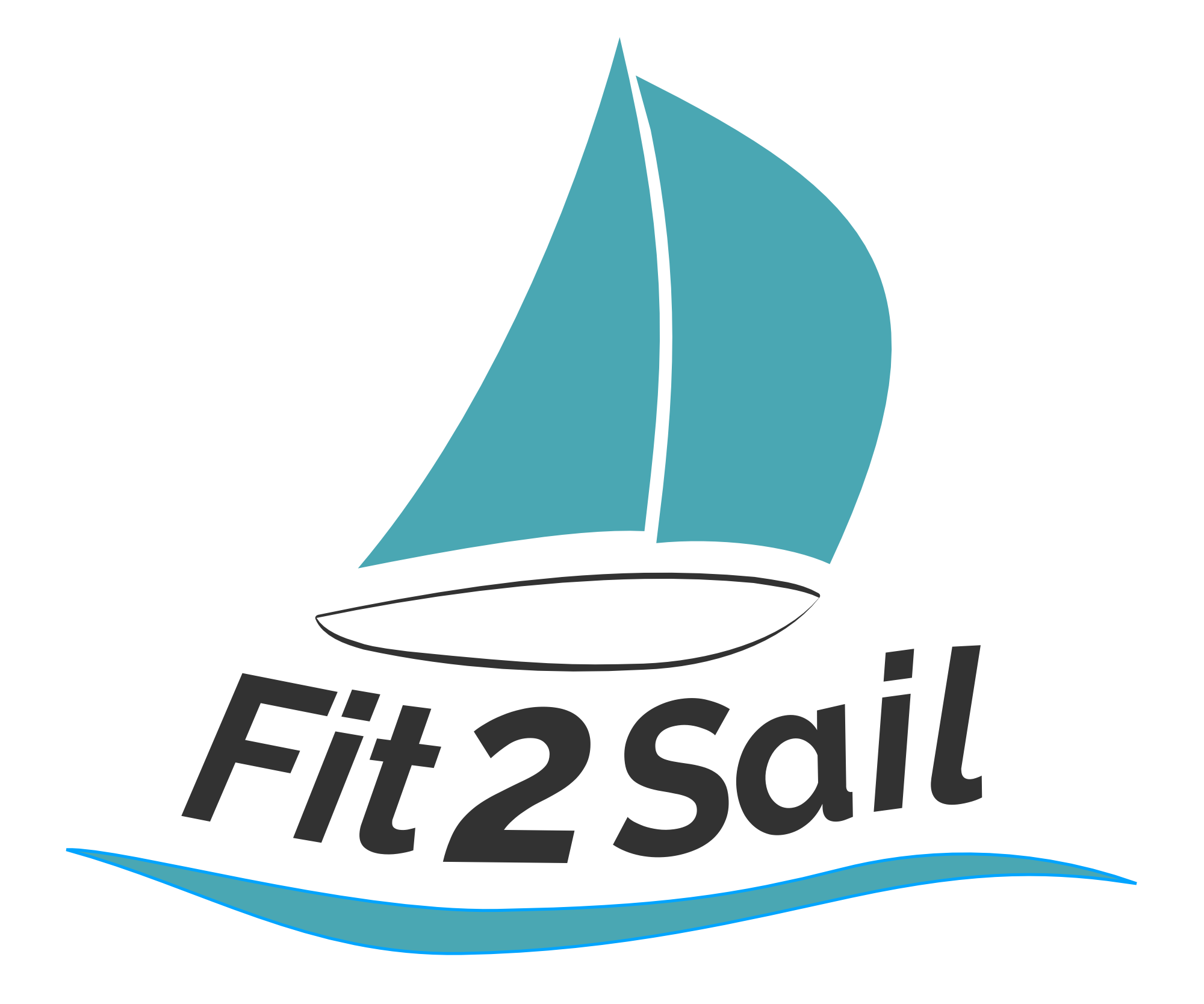3 Provisioning Mistakes I've Made
At this point, after provisioning (and re-provisioning) a number of times in a number of different countries, I think I’ve got the provisioning thing pretty well down. I’d like nothing better than to reassure those who are about to go cruising. Yes, you totally can do this! Don’t fall prey to the worry that’s inherent with making such a huge lifestyle change! It’s easy to forget the big mistakes that helped me get to confidence when it comes to stocking the boat with food and associated items for an extended cruise.
If my sharing those mistakes can help you avoid making them in the first place, then GREAT!
Mistake number 1: Trying to take someone else’s provisioning list as my own. My favorite on-board cooking book is more than a collection of recipes (actually, there are not that many recipes in there). Lin Pardey wrote The Care and Feeding of the Offshore Crew (now titled “The Care and Feeding of the Sailing Crew”) as a way to pass the time on an almost-2-month long passage between Yokohama, Japan and Victoria, Canada. It’s a great read about actual conditions at sea and how weather dictates your food choices and gets into conversations about food-related topics like water, refrigeration, food storage, crew morale, and more. My love affair with anything Pardey is rooted in practicality: Both of their boats were designed by Lyle Hess, the man who designed our boat (though ours is fiberglass and made in a yard, not wood built by us), and the similarities are striking. I can take Lin’s ideas around how to organize main salon food storage almost without alteration.
The first time we set off sailing, back in the days before the internet made research simultaneously simpler and more difficult, this was the book I had to guide my thoughts about food on board. Since I already trusted everything the Pardeys had to say about sailing, cruising, boat choice, and more, it made perfect sense to me that I’d be able to take what they said about food as gospel. So what if I didn’t even like corned beef hash when made fresh in a restaurant? If Lin says corned beef makes a good substitute for ground beef, that’s good enough for me. When she talked about making sure to carry canned cheese, I hunted for canned cheese in the supermarket.
Not so fast, buckaroo. Those cans of canned corned beef? Three years later and exactly ONE unpalatable spaghetti dinner later, I unearthed the rusting cans from where they’d fused themselves to the outdoor-carpet lined hull locker and threw them into the garbage can. Canned cheese turned to melted goo in the bilge; I had far better luck just stocking up on large blocks of cheddar cheese that I carefully wrapped and re-wrapped.
In looking back, my first clue should have been that I didn’t actually like corned beef in recipes. That I love real cheese. My advice for the about-to-go-cruising boater? Start with what you know about your own food preferences. Really. It truly is that simple.
Mistake number 2: Feeling like I needed to fill every single nook and cranny on the boat with basics, even though we were starting with a good 4 months of solid coastal cruising. Heck, I set up a wholesale account and went so far as to try to order palettes of food! Reprovisioning opportunities were everywhere. We started that cruise 2 inches down on our lines, and there was little space to put anything fun we came across for months. Sure, making sure you take advantage of a car for heavy items is worth gold. Packing away your favorite cereal or crackers (especially when you can re-pack to get rid of trash easily) is helpful. But taking 50 pounds of flour (it’s available everywhere in the Bahamas and the Eastern Caribbean) or those cans of corned beef? Waste of space. My advice? Take your favorite items en masse; leave plenty of room to explore local foods.
Mistake number 3: Worrying about boating-specific recipes. The best skill to have is not to think about finding the best boating cookbook (but the best one is definitely The Boat Galley Cookbook!) but instead honing your improvisational chops. Learn what spices you like, get really comfortable figuring out what goes well with what and how to substitute with absolute abandon. Yes, cooking on a boat is different (mostly in terms of counter space, cabinet space, and easy access to specific ingredients/specialty tools and gadgets), but at its core it’s still cooking. My advice? Practice creativity in the kitchen! See how long you can go without going grocery shopping, instead creating meals with what you have on hand. My go-to “use things up” options are pizza, omelets, big salads, casseroles, quesadillas, and even soup. Curries. Fried rice. Stir fry. Need more ideas? Drop me a note!
You still have to stow it all.

